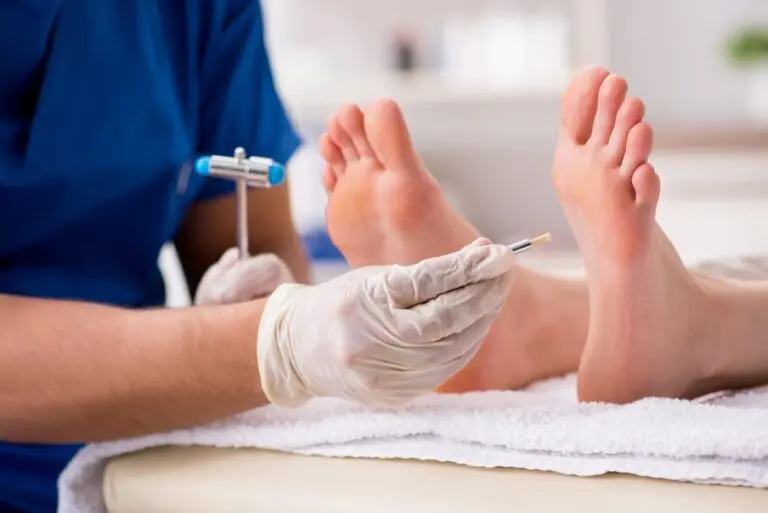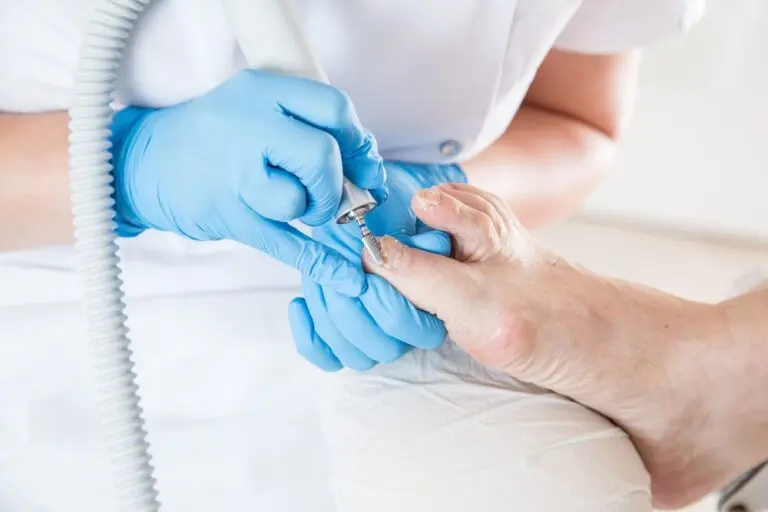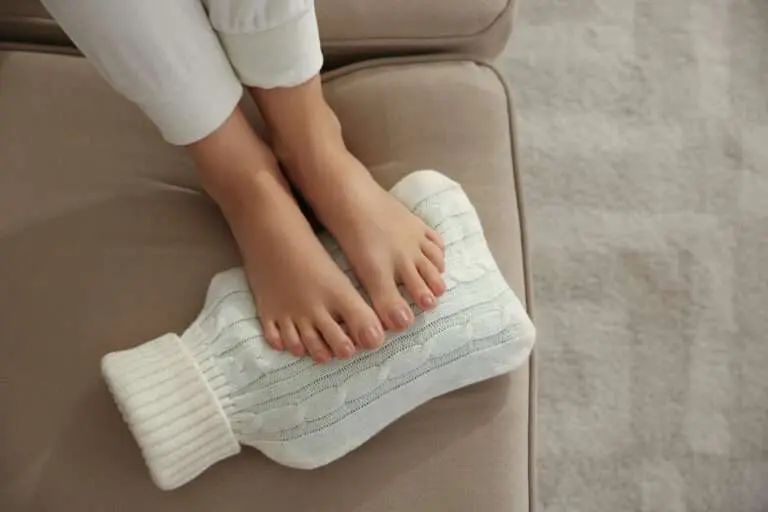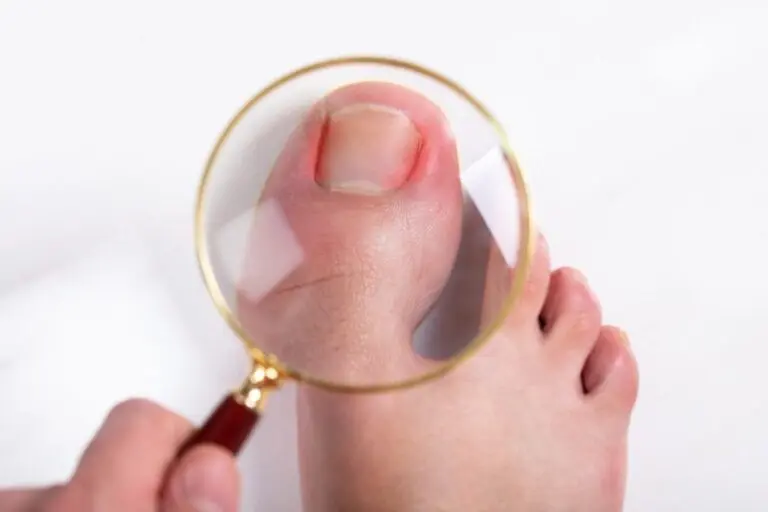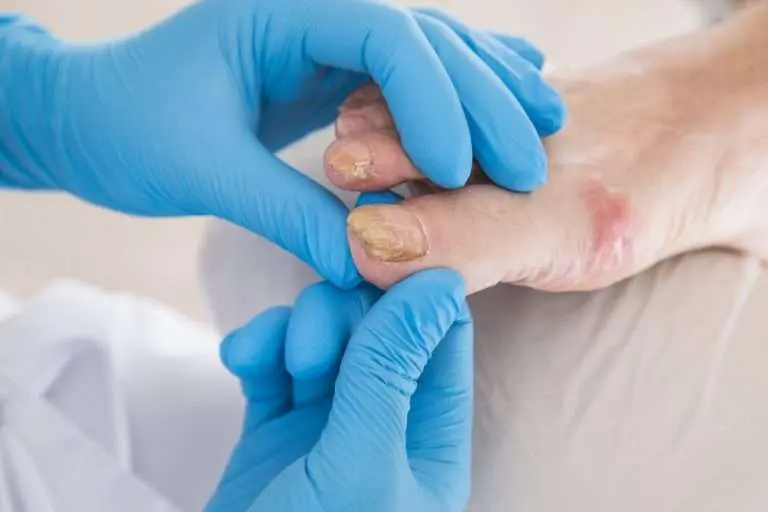Diabetic foot : symptoms and treatments
Diabetic foot develops as a result of the neuropathy that comes with poorly managed diabetes. When blood sugar levels are excessively high for an extended length of time, it impairs a person's neurological system. The injury results in a lack of sensation in the lower limbs, among other things. Peripheral neuropathy is the medical term…
